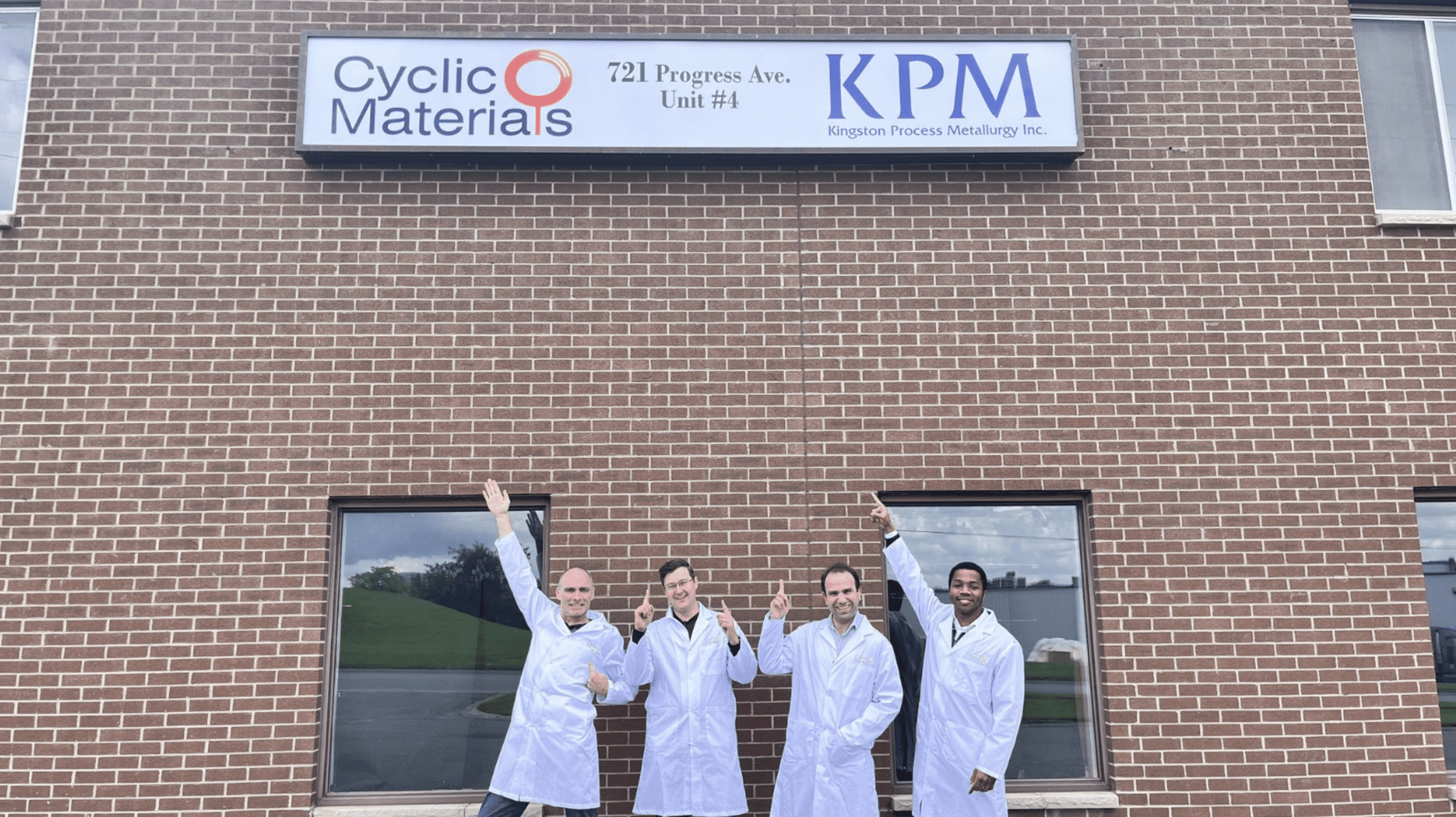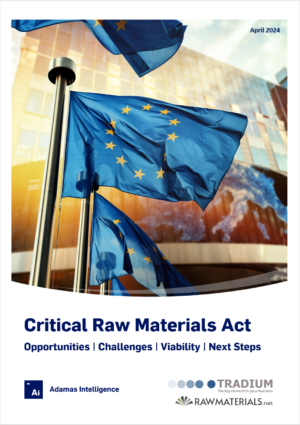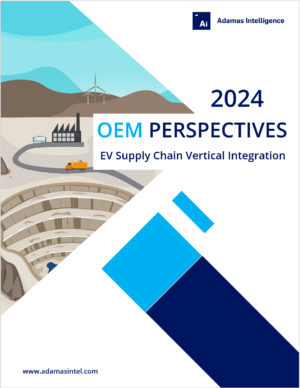November Site Visit: Cyclic Materials’ Magnet Recycling Pilot Plant in Canada

Innovative process to recover the critical rare earth elements used in high performance magnets
In November, Adamas Intelligence managing director, Ryan Castilloux, had the opportunity to tour Cyclic Materials’ magnet recycling pilot plant in Kingston, Ontario, Canada – symbolically located on Progress Avenue, adjacent Kingston Process Metallurgy, an experimental research and process development specialist.
Founded in 2021, Cyclic Materials is developing an innovative process to recover the critical rare earth elements used in high performance magnets and re-circulating them back into the supply chain, helping minimize the environmental impact of the global energy transition while capitalizing on rapidly growing demand.
The company is led by a team of proven innovators, including CEO and co-founder Ahmad Ghahreman, a serial cleantech entrepreneur who was involved in the founding of battery materials recycler Li-Cycle Corp, and fellow co-founder and VP of Strategic Partnerships, Patrick Nee, who has founded a variety of technology companies in the mining, healthcare and educational spaces.

Yielding in real-time a high-purity rare earth precipitate
At the front end of Cyclic Materials’ pilot plant is a process for removing magnets from end-of-life devices, allowing the company to access feedstock from waste yards and e-scrap facilities. The magnetic stream is then hydrometallurgically treated to produce a rare earth precipitate.
The hydrometallurgical end of the pilot plant was running during the visit, yielding in real-time a high-purity rare earth precipitate cake bearing that all-too-familiar purple hue one would expect from a neodymium-rich concentrate, plus an iron-rich byproduct.
Aside from end-of-life-devices, Cyclic Materials is also targeting recovery and recycling of rare earths from swarf generated during magnet production.
At present, the company is recovering rare earths from end-of-life e-scrap and electric motors, but anticipates an increasingly large and valuable share of supply to come from electric vehicles and wind power generators as those markets continue to grow.
60% lower emissions, 98% lower water use relative to freshly mined rare earth oxides
While NdFeB magnets are the primary economic focus of Cyclic Materials’ technology, the company is also targeting other magnet types, producing other critical materials in addition to the elements in neodymium magnets. This will, in our view, help Cyclic Materials minimize potential challenges related to sourcing and characterizing end-of-life feedstocks and can enable greater economies of scale in the near-term than incumbent NdFeB-only recyclers may be able to achieve.
According to the company, Cyclic Materials’ rare earth oxides will have at least 60% lower carbon dioxide emissions and 98% lower water use. Further, each tonne of Cyclic Material rare earth oxide will avoid 400 tonnes of earth moved and processed in the production of mined rare earth oxides. Magnets produced with these recycled materials will have reduced Scope 3 emissions and will help auto manufacturers satisfy the EU Directive on End-of-Life Vehicles.
We will continue to follow Cyclic Materials’ progress with interest and look forward to visiting again soon.
More Information: Rare Earth Magnet Market Outlook to 2035
In this report, Adamas provides a detailed overview of the global NdFeB alloy, powder, magnet and magnet rare earth oxide markets, including a breakdown of historical production, consumption and prices from 2015 through 2021. Next, we unravel the anticipated near-term impacts of the pandemic recovery on world markets and forecast global supply, demand and prices from 2022 through 2035.






